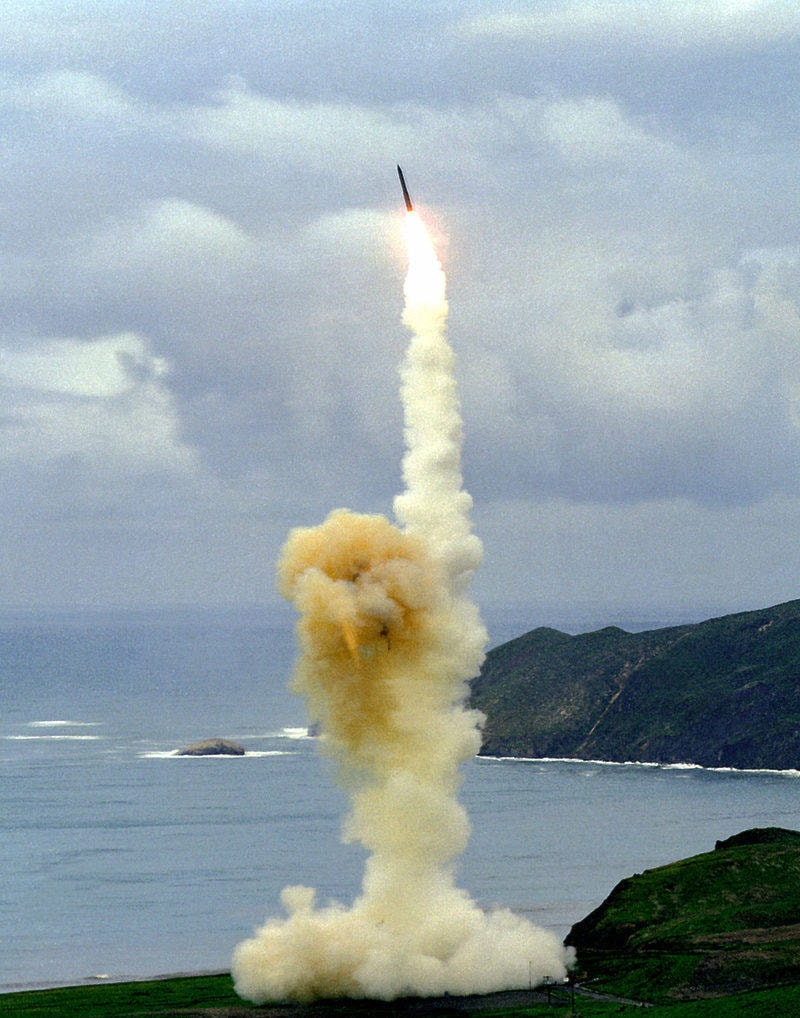Earlier this summer, North Korea fired an intercontinental ballistic missile which landed in the Sea of Japan.
According to experts, on a flatter trajectory this type of missile - which could potentially be used to deliver a nuclear warhead to another continent - could reach as far as Alaska.
Given the proximity of Alaska to northern B.C. and the Yukon, is the Canadian government prepared for a nuclear attack?
According to Public Safety Canada, the federal government monitors all potential threats and has “robust measures” in place to address them.
First developed in 1984, Canada’s federal nuclear emergency plan (FNEP) describes Canada’s arrangements for managing a major nuclear emergency. Lessons learned from nuclear emergencies are used to update and revise the FNEP.
“Our security agencies work in close collaboration with domestic and international partners and continuously assess their operations in response to the current threat environment,” explained Karine Martel, a spokesperson for Public Safety Canada.
But given the recent exchange of rhetoric between North Korea and Donald Trump, and with some U.S. states and territories already preparing for a potential nuclear attack, how can Canadians be more prepared?
The government’s ‘get prepared’ website - https://www.getprepared.gc.ca/ - does not list nuclear attacks specifically in its list of potential hazards. However, it does provide information on how to react during a ‘nuclear emergency.’
During a nuclear emergency, the public may be told to minimize the amount of outside air entering their homes. If so, immediately close doors and windows, then turn off air exchangers and heat-recovery units. Find your emergency kit, turn off appliances and stay indoors until advised otherwise.
If you were outside around the time of a nuclear emergency, remove your clothes as soon as possible and seal them in a plastic bag. Rinse your hair and body in the shower and then put on clean clothes from a closed drawer or closet.
Depending on the incident and health risks, affected areas could be visited by emergency services personnel who would advise the public about what to do. The federal government stresses the importance of listening to officials for possible evacuation instructions.
Martel says all levels of government have collaborated to develop a chemical, biological, radiological, nuclear and explosives resilience strategy for Canada, which guides a coordinated response and policy. In addition, a Government Operations Centre provides a 24/7 integrated federal response to events of national interest.



